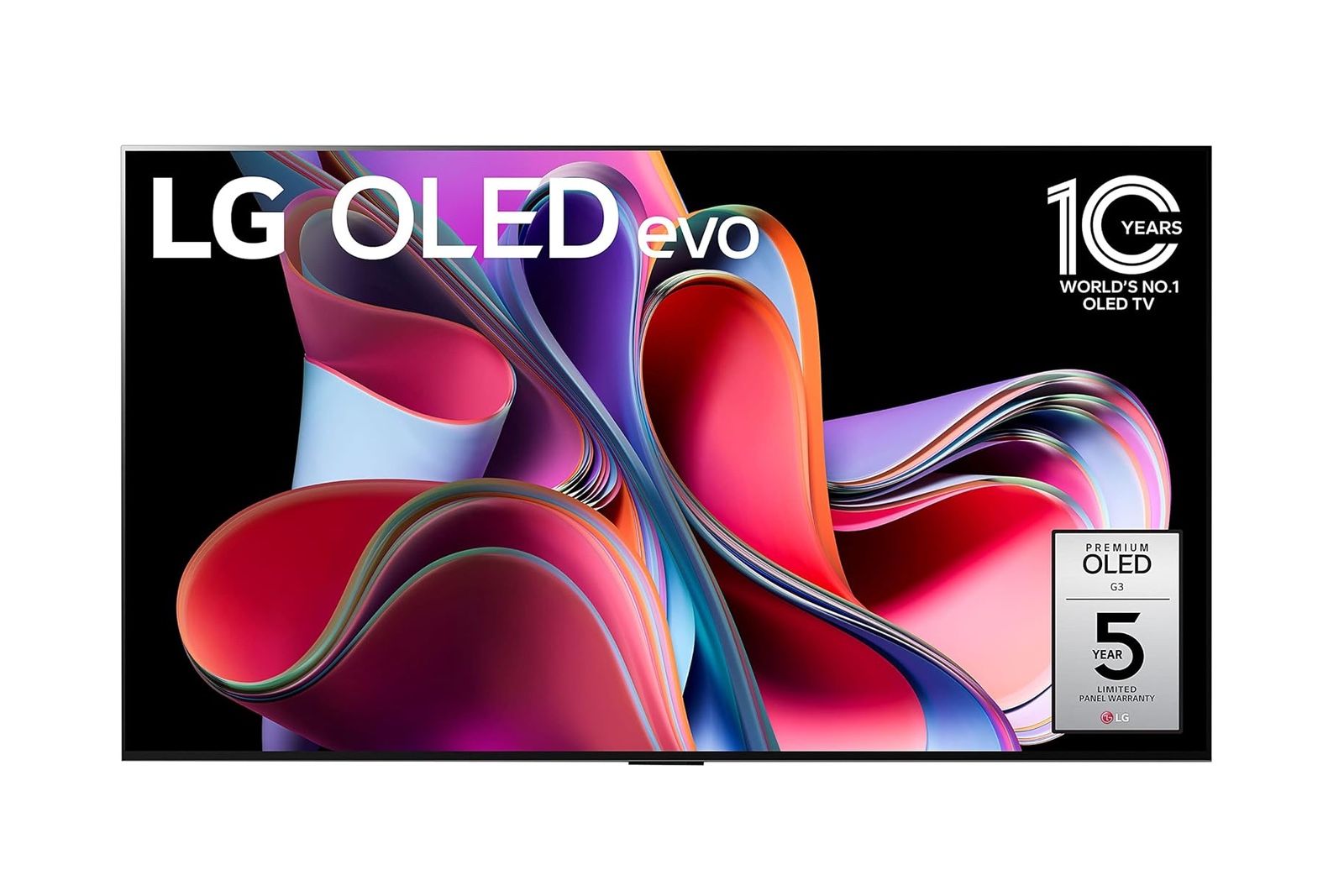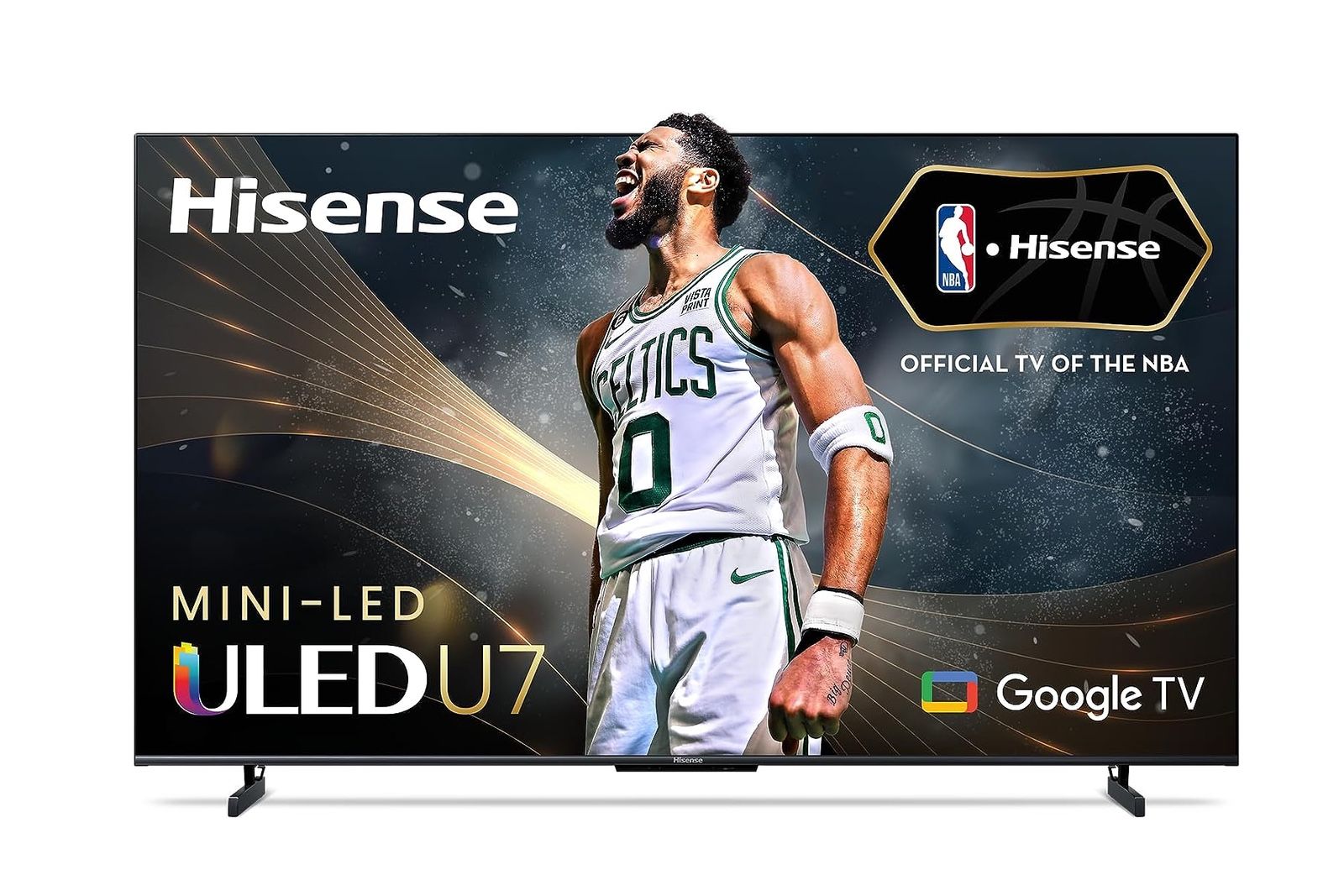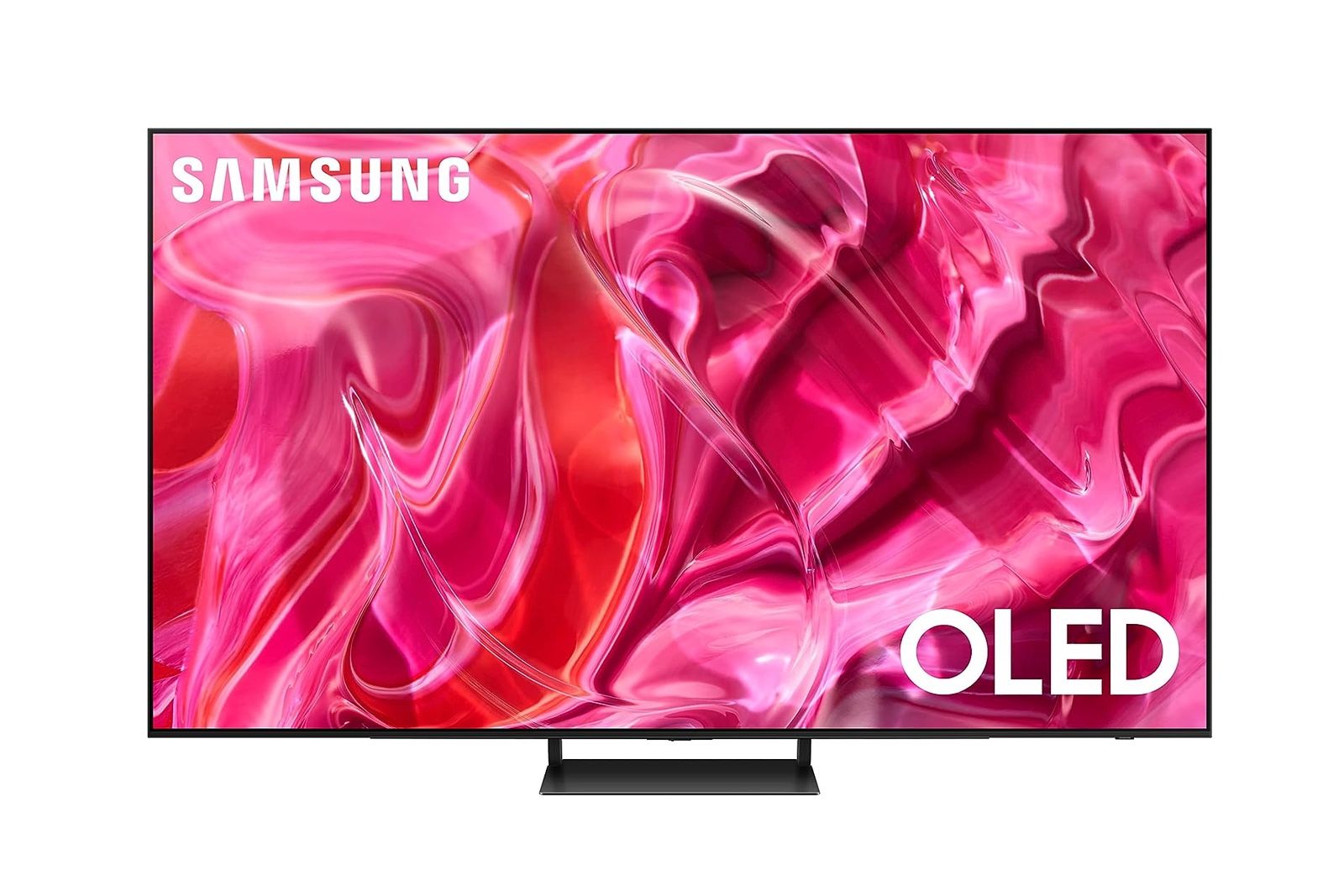If you're considering investing in a big ticket item like a new TV, a big sales events like Amazon's October Prime Day - also known as Big Deals Day - is a great opportunity to get your much-needed item at a some considerable discount.
Whether you're on the lookout for one of the best OLED TVs, or perhaps one of the impressive Mini LED screens, Amazon is managing to serve up some pretty impressive prices across even the best screens from the biggest manufacturers.
I can say that with confidence, because we've tested all of these TVs, and they all get our seal of approval - many of them getting the full five stars in our comprehensive reviews.
If you're not sure which TV you should be looking at, consider reading our guide to different TV technologies so you know what's what. Know what you're looking for? Read on for my pick of the best TV deals based on our expert reviews.

LG C2 OLED
My favourite TV of last year, the LG C2 OLED, offers an outstanding picture alongside the latest technologies, like Dolby Vision IQ, and full 4K/120Hz support for gamers. It might be a year old but it still holds its own, and remains one of my favourite OLED picks in 2023. Even better, the 55in version has 27 per cent off the list price, making it incredible value.

Samsung S95C
The S95C flies the flag for Samsung's second-generation QD-OLED technology - promising all the colour and brightness of Quantum Dot technology with OLED-level contrast and subtlety. The good news is, it absolutely delivers, and it's an incredible TV that really take the fight to LG's standard OLEDs - and with a saving of $700 in this 65in model.

LG G3 OLED evo
The LG G3 is the company's flagship OLED TV for 2023, and uses new panel technology that takes the brightness you can achieve from OLED to a new level. The result is it is easily one of the best TVs you can buy this year, if you have the budget - and you can save near 20 per cent on this 65-inch model.

Hisense U7K
The U7K is already more aggressively priced than most of the other TVs here, but you can take 31 per cent off with this deal for Prime Day - taking the 65-inch model to just $728. It's a midrange Mini LED TV, which means there are some compromises to be had, but overall this set shows just how much Hisense TVs are really getting into their stride.

Samsung S90C
The Samsung S90C is the entry-level option in the Samsung QD-OLED line up, and it delivers a bright, detailed and nuanced picture performance that really packs a punch with HDR material. I thought it just nipped LG's C3 for overall performance, so it's well worth a look with $450 off the 55in version in this unmissable Prime Day deal.

TCL QM8 QLED TV
Ok, so we haven't actually reviewed the QM8, but we've seen very close European equivalent - the C845K - and were seriously impressed. Even better, the QM8 adds to that performance with extra dimming zones that help improve the picture further, so I feel really confident recommending it - particularly when you're saving 35 per cent on this 75in model, taking it to under $1500.
If it's an OLED TV you're interested in, particularly if you're on a budget, the LG C2 is seriously worth considering - but don't be put off by the fact it's from 2022. It still really holds its own in 2023, especially with the discount available and the relatively small moves forward in the LG C3 this year.
If you have more money to spend though, or want the best of LG this year, the LG G3 is edging it as my favourite TV that I've seen this year so far. With the use of Micro Lens Array technology, it's been able to make an OLED TV go brighter than I ever thought possible, and it's all the better for it.
Of course, Samsung has made some pretty impressive strides forwards with its QD-OLED technology, especially considering it is only in its second generation. The S95C is the greatest showing of its capabilities, offering a brighter and more refined picture, but if you're on a tighter budget, the S90C is also a superb choice - the only main niggle remaining being the lack of Dolby Vision HDR support.
For those looking towards the more affordable end of the market, the Mini LED performances we've seen from the Hisense U7K and the TCL QM8 (we actually reviewed the European equivalent here, the C845K, but they're very close) have been seriously impressive for their price. While you'll need to manage your expectations to some extent - what you get for the price in both models offers incredible value, and makes me excited to see how the TV competition hots up next year.
Should I buy OLED, Mini-LED or QD-OLED?
If you're buying a premium TV in 2023, you're probably looking at choosing between OLED (or QD-OLED) or Mini LED. With both technologies pulling out the stops to fill in the gaps that they were lacking, it's unlikely you'll find much issue with picture quality in either.
OLED and QD-OLED are built on a similar premise, and their strength lies in the ability to produce the light from each pixel rather than having illumination from the sides or rear like traditional LED. This means that OLED can achieve absolute blacks where it counts, offering more accurate contrast and better viewing angles as a result, but the brightness levels traditionally haven't been as high.
That's beginning to change and in 2022 and 2023, we're seeing brighter panels that can compete with the likes of LED for the first time. OLED's evolution has only been bolstered further by the development of QD-OLED panels by Samsung. This hybrid technology combines the best bits of OLED and QLED displays, and uses a layer of quantum dots on top of the OLED material to boost brightness and improve colour saturation.
The LCD response to this is Mini LED technology. This rivals OLED levels of light control and accuracy, alongside incredible LED brightness, and that's all because the LEDs in the backlight not only stretch across the whole of the screen but are also much smaller. This means there is much more control over the brightness levels in the different areas of the television, and this reduces the blooming some standard LCD TVs can experience.
The improvements in both technologies has brought them closer than ever in 2023, so much so that we feel fairly confident saying you will find little lacking in either - but do read our expert reviews in full and see which appeals the most.
What else should you consider when buying a new TV?
Once you've decided on the technology you want to go with, there's still a lot to consider when buying a TV. The most important thing is size - you need to make sure that it's going to fit into the room that you put it in. I'd usually recommend going as big as your room or space can take, but it still needs to be comfortable to watch. That means if you can't watch it without moving your head to take in the picture, then you might want to go smaller.
When it comes to features, it's worthwhile to be aware of HDR. Every TV in this list - and those from most manufacturers now - will have HDR support, however, not all HDR is created the same. HDR10 is the standard, but advanced formats, that apply the HDR effect on a frame-by-frame basis are HDR10+ and Dolby Vision. Some of them even adapt their performance to the ambient light in the room - Dolby Vision IQ and HDR10+ Adaptive.
Some TVs support both major formats, and others have picked a side, so consider the content you watch and how important to you it is - Netflix uses a lot of Dolby Vision, for example, and Samsung TVs don't support that.
Other features to look out for include HDMI 2.1 and eARC ports, for the support of lossless Dolby Atmos to a compatible sound system, and also 4K/120Hz support for gaming, as well as technologies like VRR, ALLM and FreeSync/G-Sync. Consider how many of these ports you might need for your setup and ensure you've got enough - some only have one or two fully specced HDMIs, which could leave you restricted.
